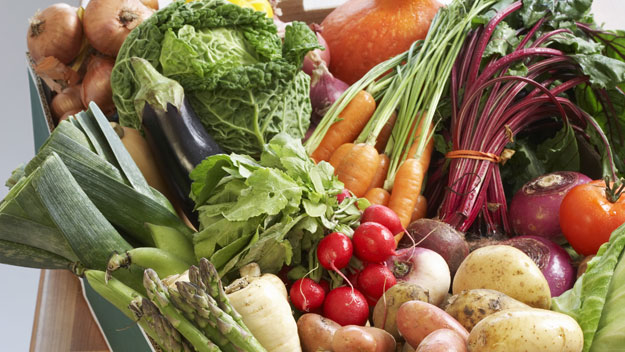A recent study has revealed that the average Australian shopping basket of food has traveled more than 70,000 kilometres from producer to consumer. Let’s explore this relatively new concept of considering “food miles” when buying your weekly groceries.
What is the food miles concept?
Food miles is a term which refers to the distance food travels from the time of its production until it reaches the consumer. It is one way of assessing the environmental impact of the food choices we make. Food freight releases thousands of tons of greenhouse gas emissions around the world each year. Food manufacturers, particularly in the USA and UK, are even starting to use the number of food miles on packaging as a marketing tool.
There are critics, including those from Australia’s export industries, that argue that this ‘food miles’ concept does not allow for other factors such as the means of travel and the overall sustainability of the produce, from ‘paddock to plate’.
Plus, some even highlight that you probably end up driving further for some “local” produce such as from farm gates or farmers markets, thus increasing the carbon footprint.
The local choice
As Australians who live so far from the rest of the world, refusing ‘well-traveled’ food can seem limiting, but the fact is it’s easy to forget about asking where the products you buy come from, but taking the time to do so works both to help the environment, ensures you get fresher produce and supports our farmers:
Here are a few ideas to get you thinking:
Tasmanian Atlantic Salmon offers Australians the option of purchasing high quality salmon which has not been transported thousand of kilometres. A spokesperson from the Tasmanian Atlantic Salmon Growers Association said that many Australians haven’t completely caught on to the fact that much of the Salmon they buy is imported, from places such as Norway, Scotland or Canada.
Buy fruit and vegetables in season from our part of the globe, not the Northern Hemisphere, and be guided by country of origin stickers.
Look at the country of origin labeling on your favourite brands — even though they may use imported ingredients, the Made in Australia products are highly likely to be less worldly traveled.




